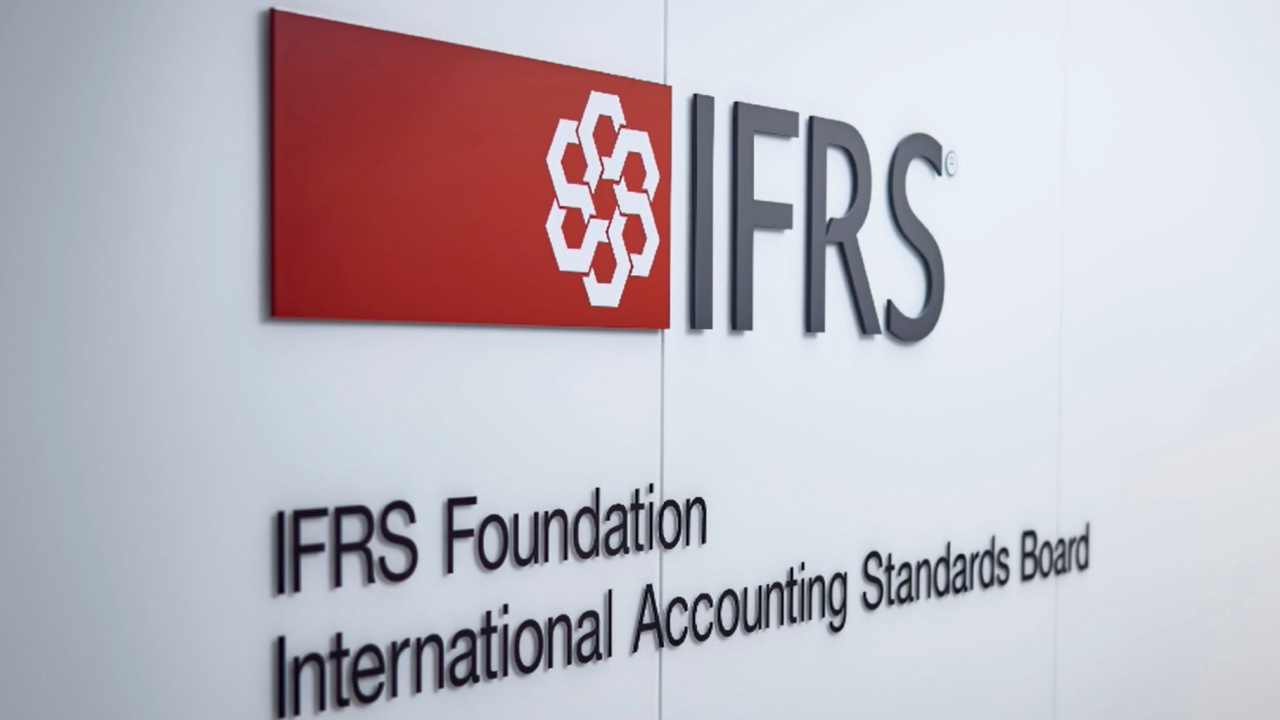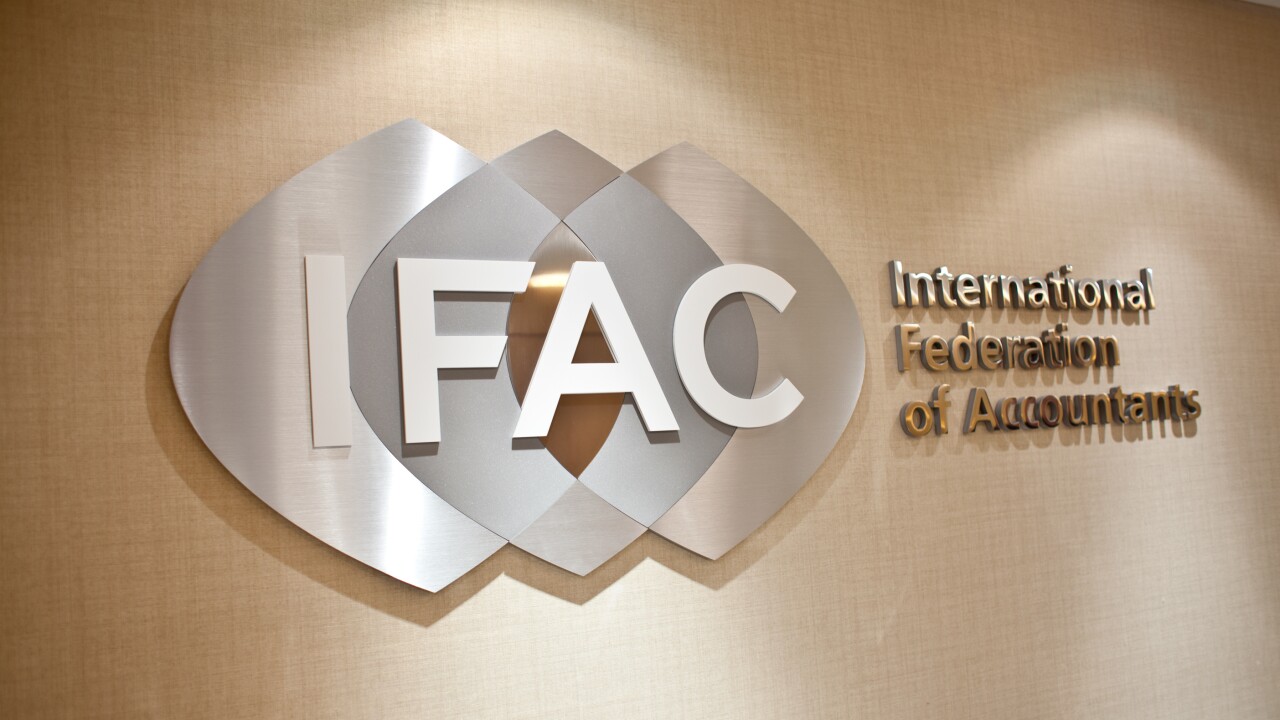The Internal Revenue Service plans to host a free webinar next month to educate taxpayers and tax professionals about how employers can set up educational assistance programs to help employees with student loan repayments, which are coming due for millions of people in October.
The IRS will be hosting a free 75-minute webinar starting at 2 p.m. ET on Thursday, Sept. 14, to help people understand about educational assistance programs and how they can help student loan borrowers. The webinar will include a question-and-answer session.
"The IRS wants to remind both employers and employees about this special feature that can help with student loans," IRS Commissioner Danny Werfel said in a statement last week. "There is a limited window of time for this educational assistance program, and the IRS wants to make sure employers don't overlook this option that can help businesses attract and retain workers."

While these kinds of educational assistance programs have been available for many years, the ability to use them to pay back student loans has been available only for payments made after March 27, 2020, and, under current law, will continue to be available until Dec. 31, 2025.
That option has taken on more relevance now that the pause on student loan repayments is set to expire on Oct. 1 after the Biden administration faced court challenges on its plans for forgiving student loans from a group of GOP state attorneys general. Interest starts to accrue on Friday, Sept. 1 after a years-long pause.
"As student loan repayments resume, employers should take full advantage of educational assistance programs that can be used to help pay student loan obligations for their employees," said Sen. Mark Warner, D-Virginia, in a statement. "This benefit not only provides a pathway towards student debt relief for borrowers but also gives employers the ability to recruit and retain high-quality talent. I'm grateful that the IRS is continuing to conduct meaningful outreach to ensure that both employers and employees are seizing this opportunity.
Educational assistance programs have traditionally helped employees who were also students pay for items like books, equipment, supplies, fees, tuition and other education expenses. But the programs can now also be used to pay for principal and interest on an employee's qualified education loans. Both the payments made directly to the lender, along with those made to the employee, can qualify for the program.
There are some restrictions, however. By law, tax-free benefits under an educational assistance program are limited to $5,250 per employee per year. After that, assistance provided above that level is usually taxable as wages.
The IRS noted that employers who currently lack an educational assistance program may wish to consider establishing one as a way to compete for talent in a tight labor market. Fringe benefits like educational assistance programs can help them attract and retain qualified employees.
The programs need to be set down in writing and they can't discriminate in favor of highly compensated employees. For more information, see
To register for the webinar or for more information, visit





